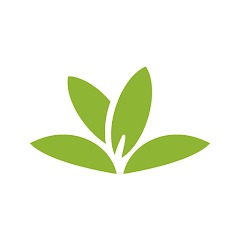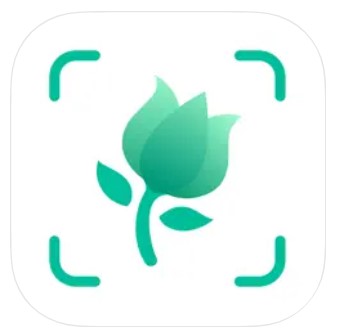What is PlantNet Application
If you already use Shazam to identify music tracks or songs, you might not be familiar with PlantNet, a free program that performs the same functions using only a smartphone camera to identify plants. Very helpful if you don’t have access to a botanist! PlantNet is a fantastic citizen science project that collects and analyzes all the plants you snap so that scientists can better understand the evolution of plant biodiversity and better protect it.
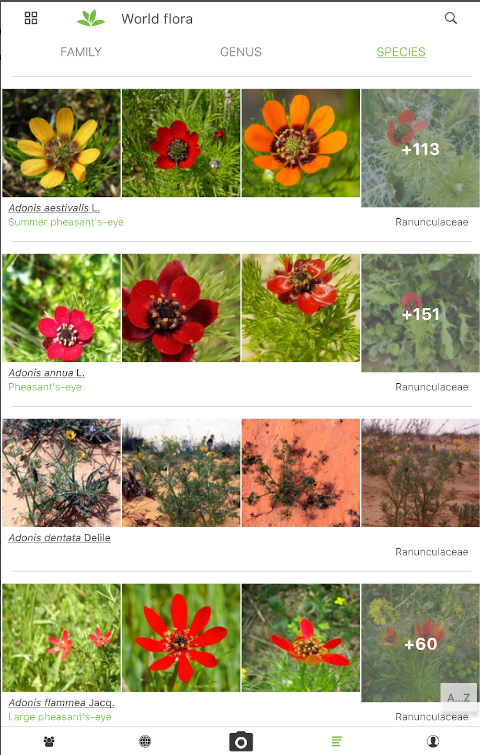
The collaborative idea was developed by digital science research company Inria with the assistance of France’s agronomy-focused, open-science institute Agropolis Fondation. It was driven by scientists as well as amateur and professional botanists.
The PlantNet software uses algorithms to recognize and comprehend all kind of plants found in nature, including conifers, ferns, floral plants, trees, grasses, vines, cactus, and wild salads. Although this is not its main function,PlantNet can also recognize a significant number of cultivated plants (in parks and gardens). Users of PlantNet are especially needed to inventory wild plants, including those that grow naturally in nature but also on city streets and in backyard vegetable gardens.
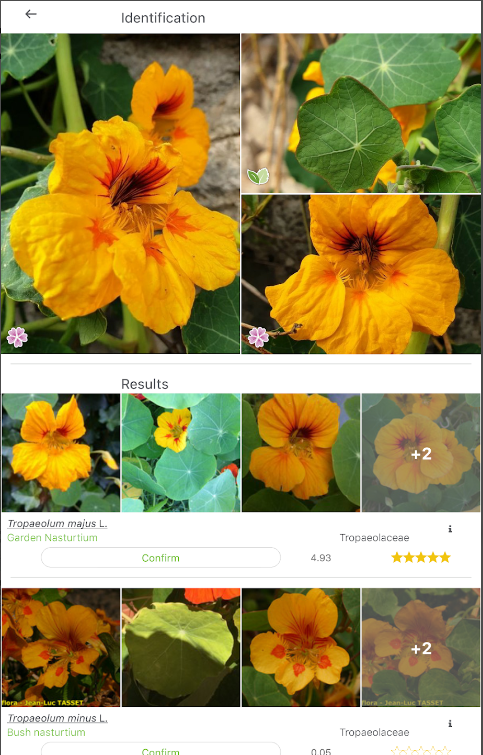
PlantNet application, which was introduced in 2014 and has since spread over the world, also offers a vast array of additional practical uses in both public and commercial sector. For instance, according to Alexis Joly, an Inria researcher who worked on the app’s development, customs inspectors who might need to swiftly identify invasive or uncommon plants can utilize the app. Additionally, before accidentally destroying endangered species, farmers and forestry professionals should utilize PlantNet to identify plant species.
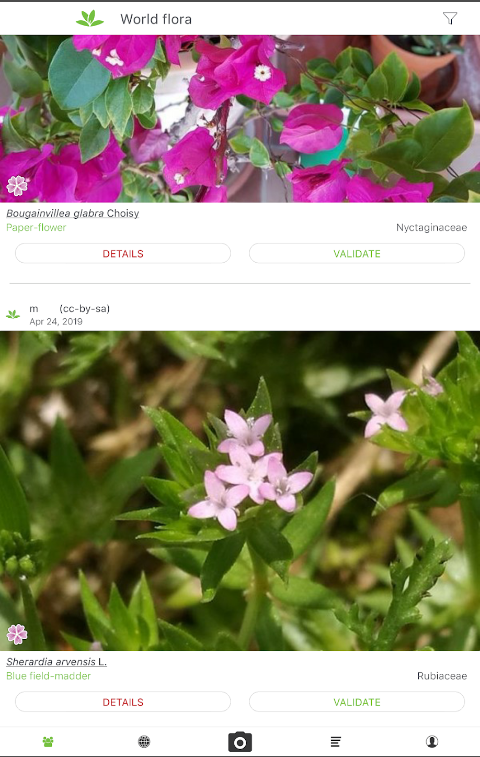
The accuracy of the identification will increase with the amount of visual information you provide to PlantNet about the plant you are watching. From a distance, many plants do resemble one another, and occasionally, only the smallest of differences may tell two species of the same genus apart. The most distinctive parts of a species are its flowers, fruits, and leaves, thus those are the ones that should be photographed first. However, any additional information, such as thorns, blooms, or hair on the stem, may be helpful. Even if a picture of the entire plant (or tree, if there is one!) is highly helpful, it is frequently insufficient to allow for a certain level of identification.
At the moment, PlantNet enables the identification of around 20,000 species. Despite the fact that we are still far from the 360,000 species that exist on Earth, PlantNet continues to grow daily thanks to the contributions of the most seasoned users among you. Be willing to contribute yourself! Your observation will be evaluated by the group and could eventually be added to the photo gallery used to illustrate the species in the application.
Discover amazing features of PlantNet
Numerous updates and new features were added to PlantNet in its latest version, which was published in January 2019:

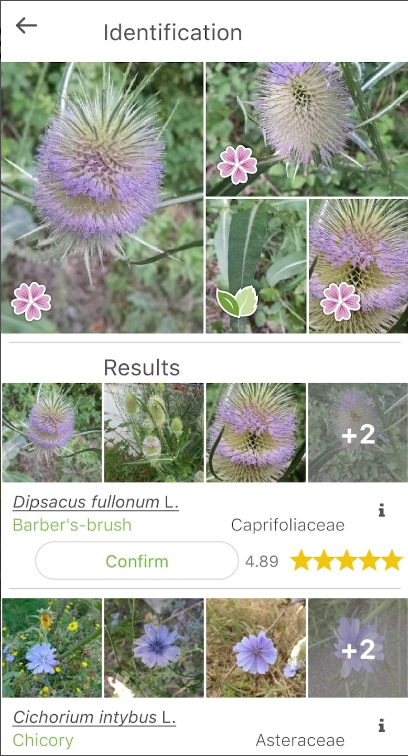
-The capacity to group identified species into families or genera.
-The differentiated data modification that offers users who have shown the most aptitude more weight.
-Re-identification of shared observations, whether they were made by you or other app users.
-Multi-flora identification, which enables you to look for the photographed plant throughout all of the application’s flora rather than just the one you’ve chosen. quite helpful when unsure of what kind of plants to look for.
-The choice of your preferred floras so that you may get to them more quickly.
How to Use PlantNet App on smartphone
- Download the PlantNet app for your phone to identify plants.
- Click the camera icon to snap a picture of the volunteer plant. If you’d like, you can select an image from your camera reel or a file on your device.
- Click on the checkbox.
- Decide which functionality to employ to recognize stray plants on your app. The options available to you are leaf, flower, fruit, bark, habit, and other.
- Examine the outcomes, especially the percentages.
The plant’s family, common name, scientific name, and several images are all shared in the app. Additionally, it provides a match percentage that demonstrates the degree of assurance the app has in each prediction of plant identification.

